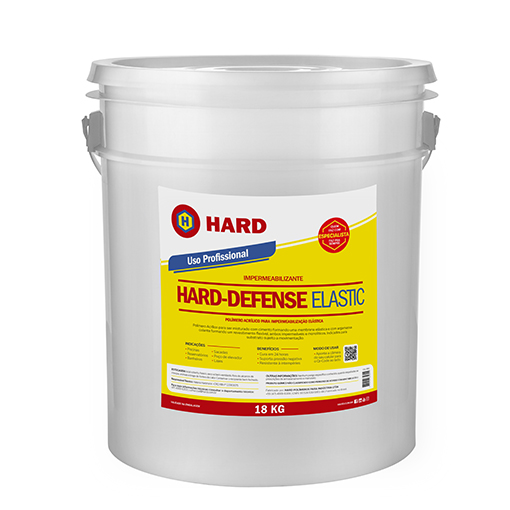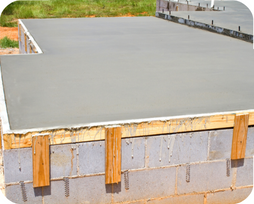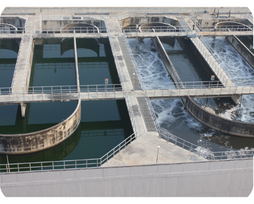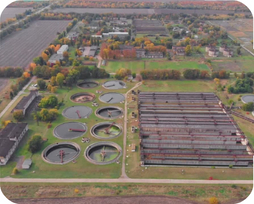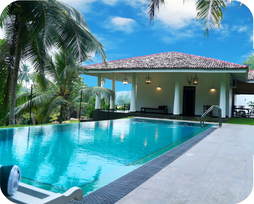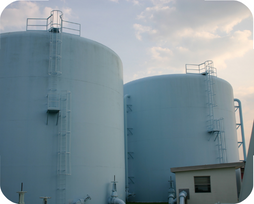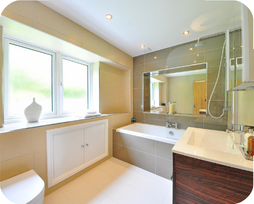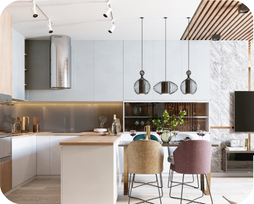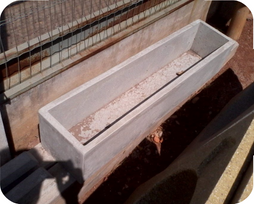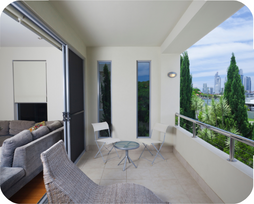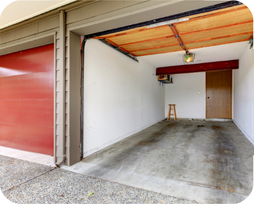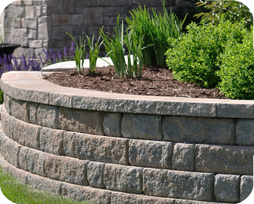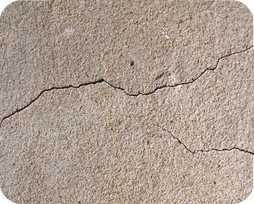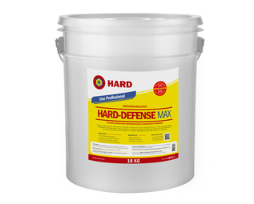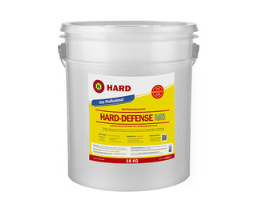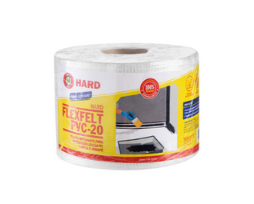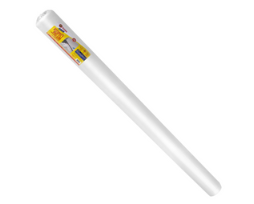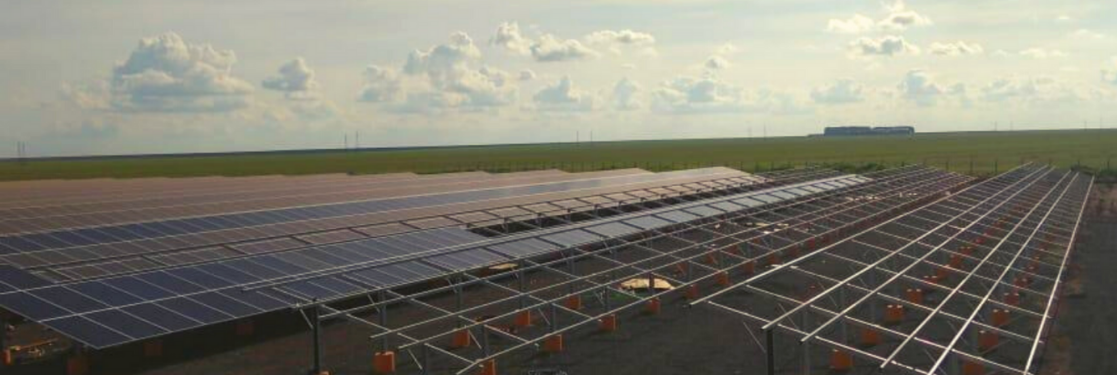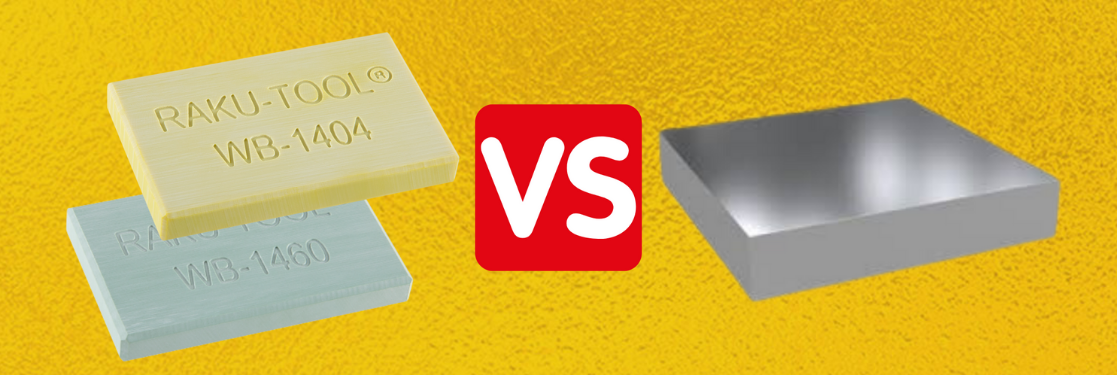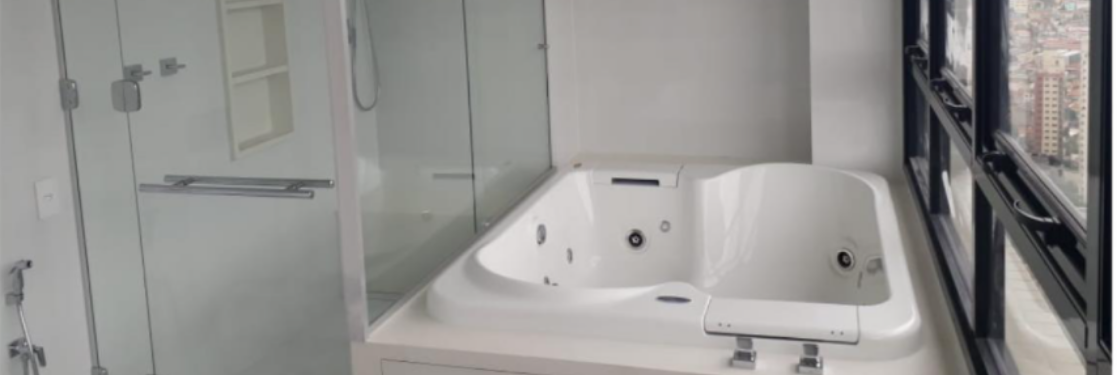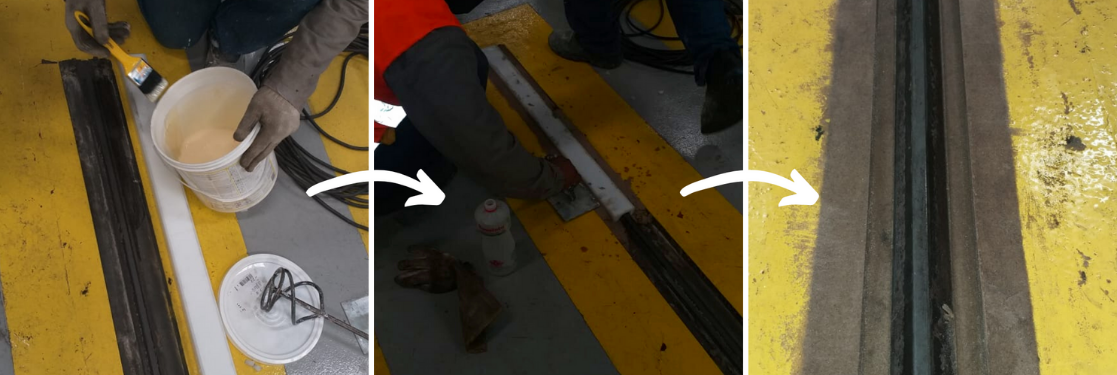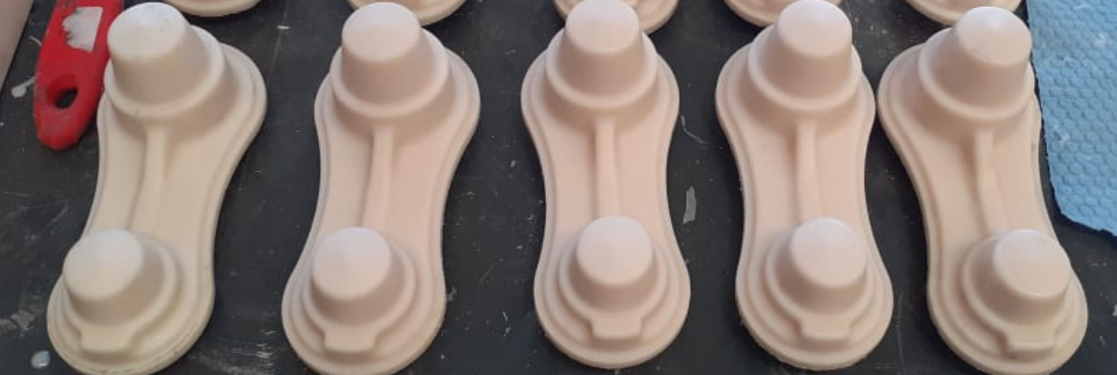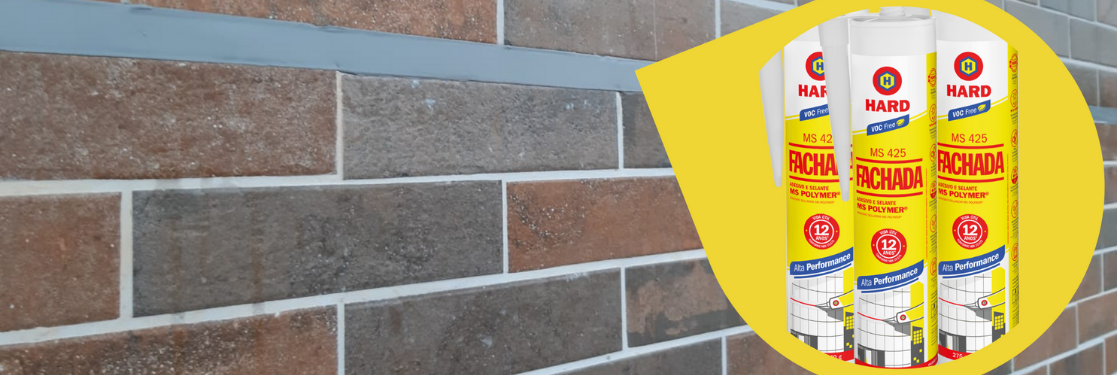Acrylic Polymer for elastic waterproofing
Hard Defense Elastic is an Acrylic Polymer-based elastic waterproofing, to be applied elastic as a membrane or coating.
To apply it as a membrane, it should be mixed with CPII Cement, forming an elastic membrane, without seams and resistant to weather. It is indicated for substrates subject to movements, such as, for example, water treatment stations and water reservoirs.
When it is already mixed to the gluing mortar AC-I, it results in a flexible coating with high resistance to negative pressure and can be applied in elevator wells and prop wall.
In some cases, it is necessary to combine the two applications, for example, in pools and slabs.
Benefits
 Elastic
Elastic
 Quick cure
Quick cure
 Withstands the structure movement
Withstands the structure movement
 Withstands negative and positive pressure
Withstands negative and positive pressure
 Can be exposed to UV rays and the weather
Can be exposed to UV rays and the weather
 Withstands temperature variations
Withstands temperature variations
 High physical/chemical adherence, including in metals, PVC and wood
High physical/chemical adherence, including in metals, PVC and wood
 Resistant to temperatures up to 80°C. 0°C
Resistant to temperatures up to 80°C. 0°C
Applications
Package
Bucket 18 Kg
PROPERTIES
- Chemical base: Acrylic
- Viscosity: 4500 to 5500 cps
- Density: 0.95 to 1.05 g/cm³
- Solids: 39 to 41 %
- pH: 8 to 10 pH
- VCO – SCAQMD Method 304-91: 15.35 g/l
NOTES
- Shelf life: 12 months
- Storage temperature: 10 to 35°C
- Work temperature: Up to 80°C
- Application temperature: 5 to 35°
Check the surface where the product will be applied
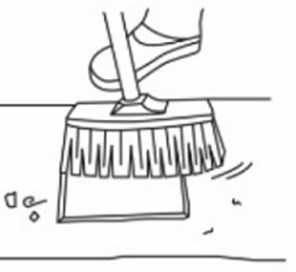
Cleaning: The surface that will receive the Membrane should be free from grease, oil, and be dry, clean and leveled with mortar of good resistance.
IMPORTANT: Check the substrate conditions, and in the case it is releasing particles and with low adhesion, the PRIME COAT should be performed, according to the instructions below.

Primer preparation: Mix it at a ratio of 1:1:1 (1 part of Hard Defense Elastic + 1 part of cement + 1 part of water).

Apply the primer: Mix this ration and apply in one layer on the surface with painting roll or broad brush. Do not let the solution to pool in the substrate, application can be made with broad brush, roller, or brush.
MEMBRANE APPLICATION
Ratio Preparation 1:1

Membrane Ratio: The ratio to apply the membrane should be 1:1, that is, 1 (one) part of Hard Defense Elastic and 1 (one) part of cement without lumps (screened).
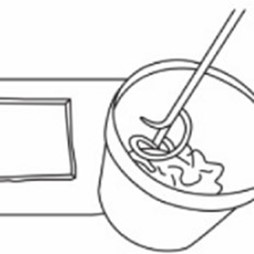
Mixture: Put the ratio of products to be prepared in a clean container, mix it mechanically 3 to 5 minutes until a homogeneous mix without lumps is obtained.
Application WITHOUT STRUCTURING SCREEN (3 Coats)

STEP 1: Apply it with a brush or a broad brush beginning by the strainers and baseboards (without structuring screen);

On baseboards, application should be at least 10 cm on the floor and 10 cm on the wall;
On strainers, cover 40 cm x 40 cm and 5 cm in the PVC pipe inner part.

STEP 2: Apply in a way to paint the entire floor and wall area with the brush, wool roller with height of 19 mm or broad brush, (without structuring screen).

STEP 3: Apply the 3rd coat; Important: always dampen the brush, broad brush, or roller with the mixture, in order to assure a good coating in each coat. Apply crossed coat. The Hard Defense Elastic consumption for this application will be 0.75 kg/liter/m², the membrane final thickness should be 1.0 mm.
Application WITH STRUCTURING SCREEN – (4 Coats)

STEP 1: Apply it with a brush or a broad brush beginning by the strainers and baseboards (without structuring screen);

On baseboards, application should be at least 10 cm on the floor and 10 cm on the wall; On strainers, cover 40 cm x 40 cm and 5 cm in the PVC pipe inner part. (Without structuring screen).

STEP 2: Apply in a way to paint the entire floor and wall area with the brush, wool roller with height of 19 mm or broad brush, (without structuring screen).
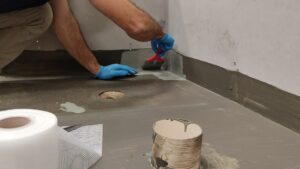
STEP 3: Apply the second coat with the screen Hard Flexfelt PVC20 on the baseboards (10 cm on the floor and 10 cm on the wall); on the corners, cut the screen diagonally and perform the flaps overlapping.

In strainers, apply the Screen Hard Flexfelt PVC20, in the PVC pipe, make a cross-shaped cut with 8 flaps in the HARD FLEXFELT PVC20, fold the flaps inside the pipe and apply the 2nd coat;
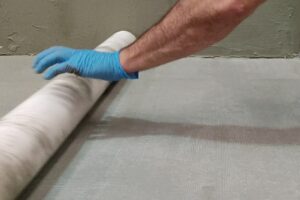
Apply the Screen Hard Flexfelt PVC146, take care so that the screen is perfectly stretched when placed on the substrate, preventing it to be wrinkled. The screens overlapping should be of 10 cm.

STEP 4: Apply the 3rd and 4th coat. The time between coats is the touch dry. Important: always dampen the brush, broad brush, or roller with the mixture, in order to assure a good coating in each coat.
Related Products
Conheça Nossos ProdutosBudget for Company
Do you want to buy for CNPJ? Click the button below and speak to one of our experts.
Request a quoteFind a Store
We are present throughout Brazil, click the button below and find the store closest to you.
Find storeBuy Online
You can buy directly from our online store and receive it at your home. More comfort and agility for you.
Go to online store